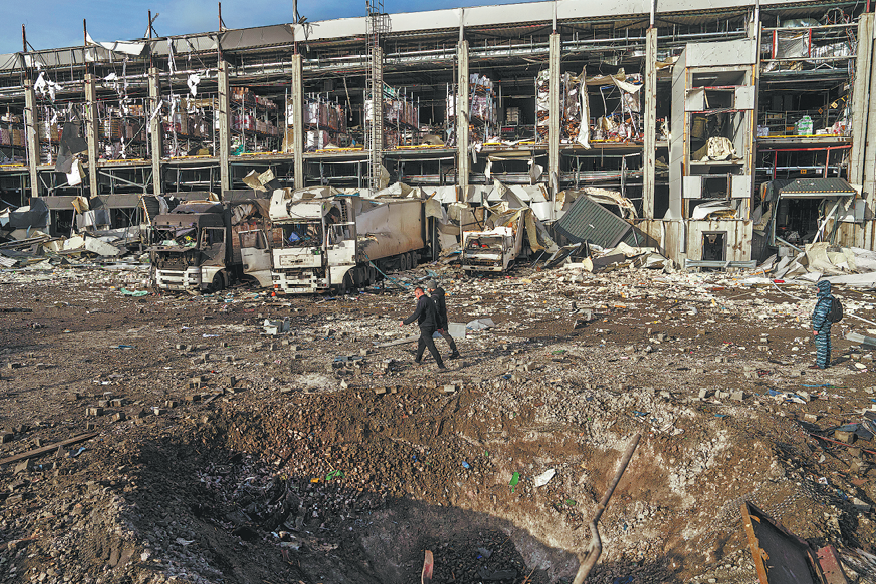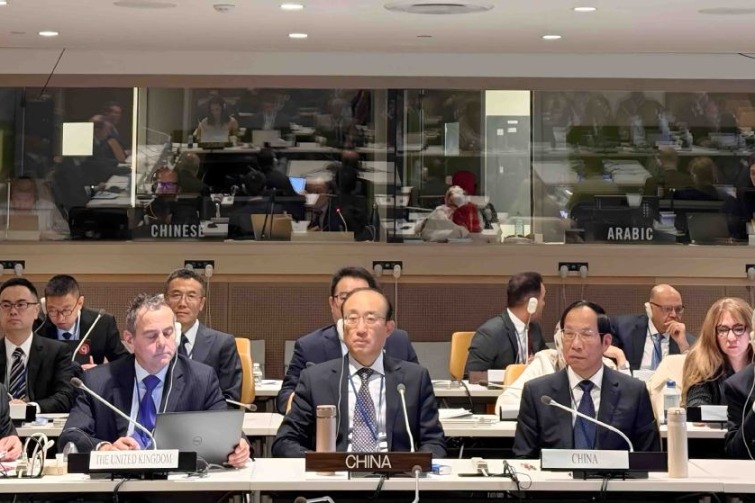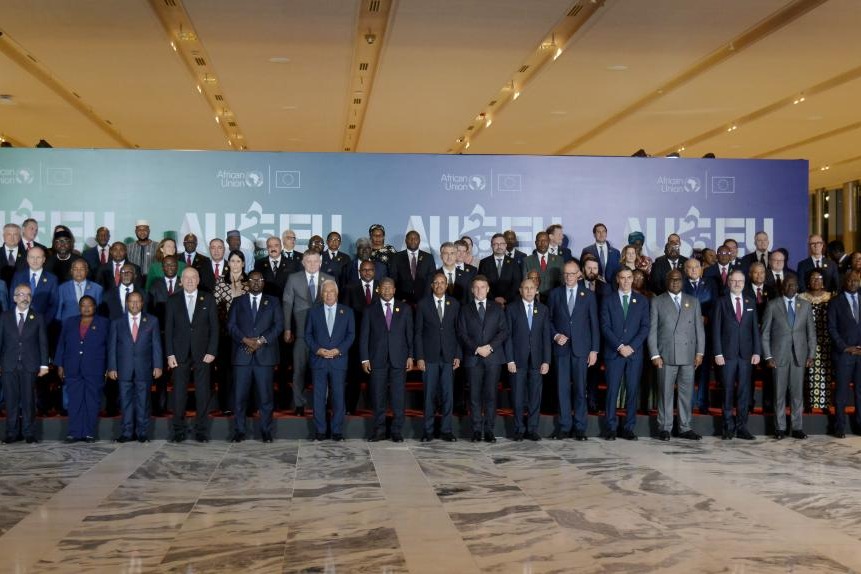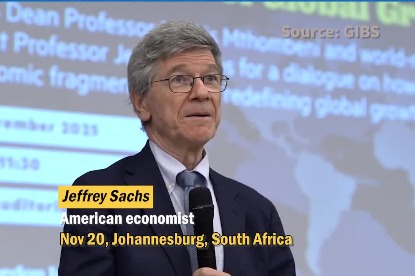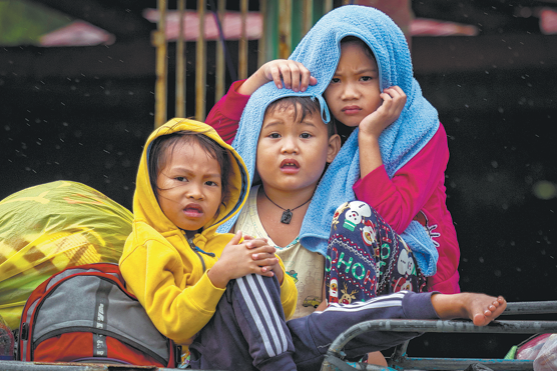Overhaul of agri-food systems needed in Asia-Pacific region

Many of us are hoping that 2023 will be a year when the world in general, and the Asia and Pacific region in particular, will regain their footing after nearly three years of restrictions related to the COVID-19 pandemic. And while there are indications that this is beginning to happen, it is difficult to escape the sense of deja vu about the present state of food insecurity and malnutrition in the world's most populous region.
Soon after the Sustainable Development Goals of the United Nations'2030 Agenda were declared in 2015, the Asia-Pacific region found itself stumbling in the fight against hunger. Then we started to regress, going off track toward achieving SDG2 — the zero hunger target — and now we look likely to lose our way entirely unless urgent, systemic and multisectoral actions are taken.
I regret to say that in the recent report "Asia and the Pacific — Regional Overview of Food Security and Nutrition", the numbers of malnourished make for a depressing read. This is the fifth year that four UN agencies — the Food and Agriculture Organization, the United Nations Children's Fund, the World Food Programme and World Health Organization — have collaborated to produce this flagship report, which shows that the situation continues to deteriorate.
Asia and the Pacific region are malnourished. Slightly more than 1 billion people are food-insecure, and almost 2 billion cannot afford a healthy diet. This region continues to have the highest levels of stunting (a measure of chronic nutritional deficiency) and wasting (a measure of acute nutritional deficiency) among children under the age of 5.
While that's staggering, there could be worse to come. That's because the numbers from this latest report do not capture the more recent impacts of price hikes on food, feed, fuel and fertilizer and the lack of access to finance — known as the 5F crisis.
Inevitably, this convergence, coupled with climate change and natural disasters, will worsen hunger and poverty. The full extent of that convergence won't be evident for many more months. The fallout from the COVID-19 pandemic will also continue to drag on economies and livelihoods.
One of the key factors of this grim situation is the rapidly increasing cost of a healthy diet in Asia and the Pacific region, which has witnessed the biggest spikes of any region globally. It is indeed ironic that a healthy diet in the world's fastest-growing economic region, and the largest producer of staple foods and key commodities, is unaffordable for so many. On average, the cost is now almost$4 per person, per day.
These failings are symptoms of a much deeper problem. Our current food systems, and the policies driving them, are not effective in reducing hunger and promoting nutrition. Hence, it's high time to transform them in ways that work for everyone.
The Asia-Pacific region is urbanizing rapidly, with nearly 55 percent of the population expected to live in urban areas by 2030. There are already at least 18 mega-cities with a population of 10 million or more. So it is reasonable to say that, leading up to 2030, the progress toward realizing SDG2 (and some other SDGs) will be determined by the progress achieved in urban areas.
But urban areas have their own agri-food system challenges, including food supply chains, housing, sanitation, health facilities, education, employment, waste management and a host of other factors that affect food security and nutrition.
Exacerbating all this is the fact that urban development has been associated mainly with the development of physical infrastructure and civic amenities. But food, its access, availability and affordability, must become part of renewed urban development. During the last three years in particular, cities have been under immense pressure to ensure adequate food at affordable prices for everyone. But although the pandemic is receding, the 5F crisis has moved in, resulting in one step forward, two steps back, in the quest for equal access to adequate nutrition and healthy diets.
There is hope, however, and the present state of affairs is not universal. Some cities have rolled out many interesting nutrition interventions in a customized and contextualized way to reach those most at need. The Food and Agriculture Organization and our partners are working with several countries to assist in the development of their urban food agenda.
Indeed, challenges such as those mentioned also bring opportunities, and world leaders have recognized that these challenges cannot be tackled piecemeal.
So there are steps being taken. But the steps remain hesitant in many places and we, as a region, need to ensure we can confidently regain our footing. There's a lot at stake, and the core principle of agri-food systems transformation is to leave no one behind.
The author is assistant director-general and regional representative for Asia and the Pacific of the Food and Agriculture Organization of the United Nations.

















